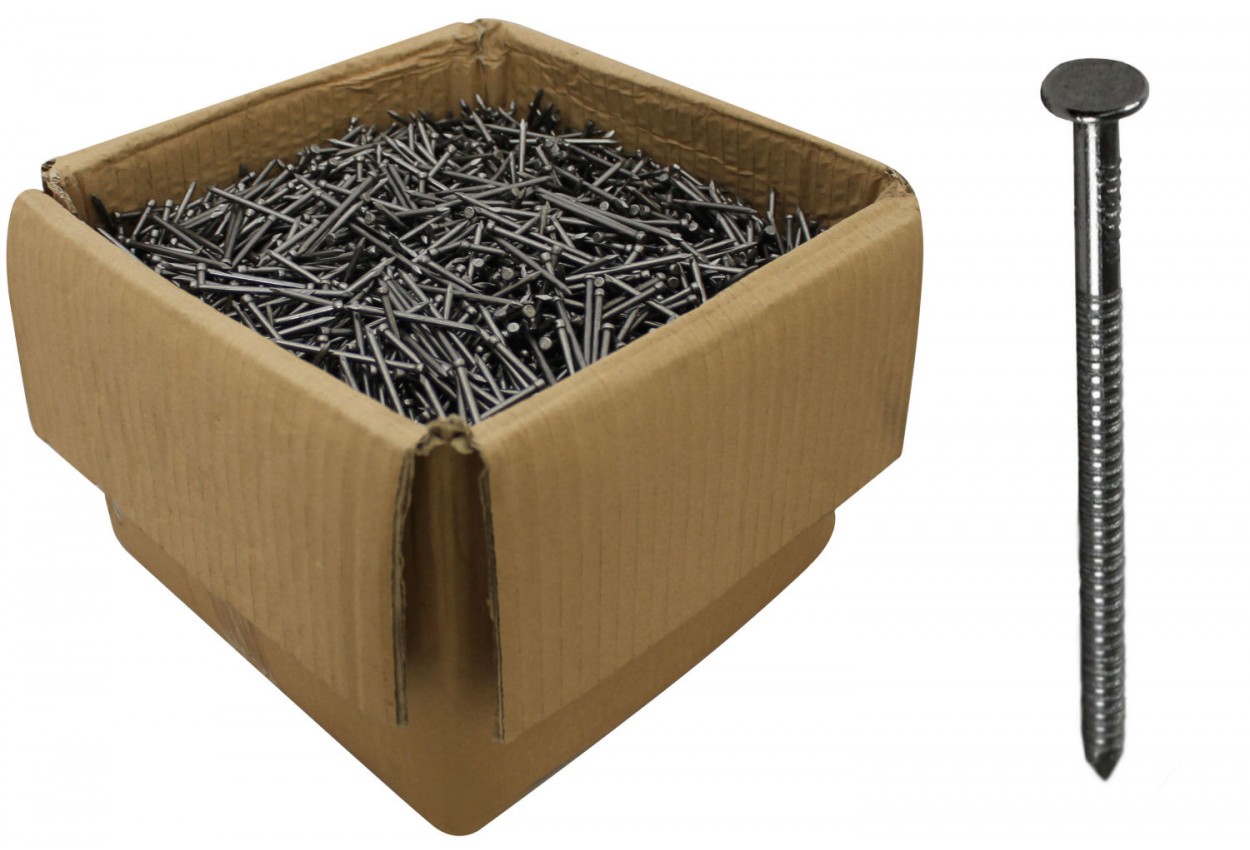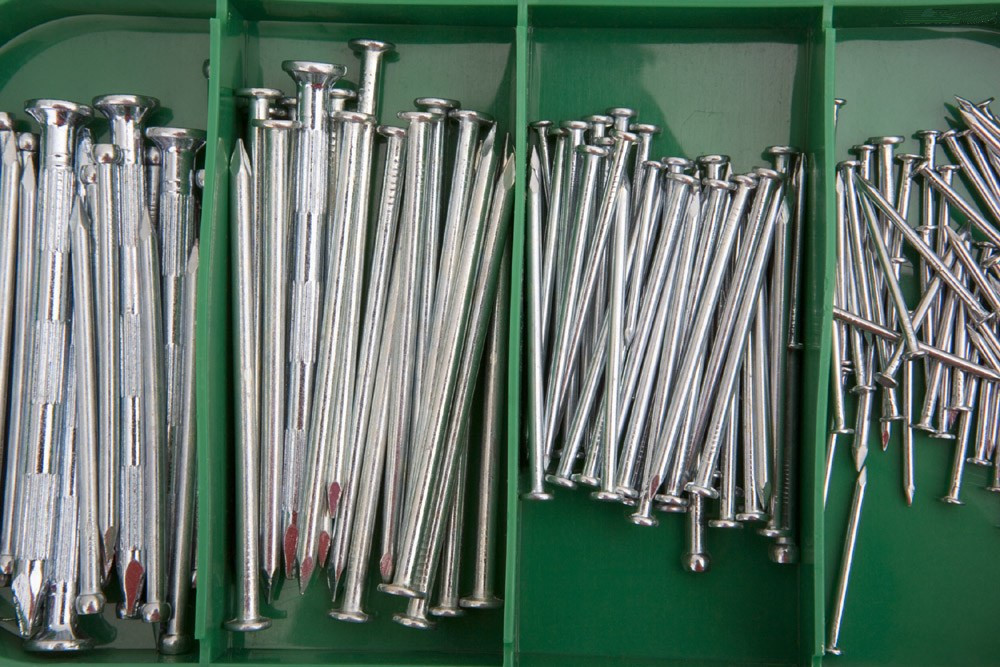Horseradish peroxidase (HRP)
HRP is a glycoprotein with a molecular weight of 44,000. It is composed of colorless enzyme protein and dark brown iron porphyrin. Neutral sugar and amino sugar account for about 18%, mainly mannose, xylose, arabinose And hexosamine and so on. Each HRP molecule contains a heme IX chloride as a prosthetic group, the prosthetic group has a maximum absorption peak at a wavelength of 403 nm, and the enzyme protein deprosthetic group has a maximum absorption at a wavelength of 275 nm. The ratio of the OD value of HRP at 403nm to the OD value of 275nm is the so-called RZ (Reinheits Zahl) value. The RZ value only shows the content of the heme group in the HRP, and does not indicate the true purity of the HRP preparation, and the HRP preparation with a high RZ value does not mean that the enzyme activity is also high. But the enzyme concentration can be calculated from the absorbance of a pure enzyme solution at a wavelength of 10mm and a wavelength of 403nm [1% (W / V), the absorbance of the enzyme solution is 22.5, and the concentration is 227umol / L]. Pure HRP is stable when stored dry at –20oC, using 1.36 mol / L glycerol, 10 mmol / L sodium phosphate, 30umol / L bovine document.write ('') serum document.write ('') albumin and 20umol / Ldocument The write ('') cytochrome document.write ('') C (pH 7.4) solution is stored frozen as a matrix, which can stabilize the enzyme conjugate for several years. The effect of HRP on heat and organic solvents is relatively stable. Treatment with toluene and paraffin sections or fixed sections with pure ethanol or 10% aqueous formaldehyde for frozen sections cannot change its activity. Cyanide or sulfide can reversibly inhibit HRP at a concentration of 10–5 to 10–6 mol / L; fluoride, azide or hydroxylamine only inhibits HRP at a concentration higher than 10-3 mol / L; HRP also It can be irreversibly inhibited by hydroxymethyl hydrogen peroxide. Strong acids are also strong inhibitors of HRP. Therefore, some enzymes such as sodium fluoride, sodium azide, and strong acids are often used as enzyme terminators in enzyme immunoassays. In addition, when preparing the dilution buffer for enzyme immunoassay, in order to prevent enzyme inactivation, sodium azide should be avoided as a preservative. The isozymes of HRP can be divided into three types: ①Acidic isozymes with high sugar content. ② Isoenzymes with isoelectric point close to neutral (or slightly alkaline) with relatively low sugar content. ③ Alkaline (PI> 11) isozyme with low sugar content. The HRP used in the enzyme immunoassay uses the so-called "C" isozyme with a PI of 8.7 to 9.0 as the main component, and the activity of other isozymes is very low. The covalent structure of the "C" isozyme is composed of 2 closely-spaced regions, the heme group is located between them to form a sandwich structure, and the sugar chain is bound to the polypeptide at 8 different sites. Natural enzymes have very little pure charge; no free. —Amino, with only 2 detectable histidines, and 6 lysines seem to be covered by the sugar chain shell. Therefore, HRP generally has only 1 to 2 amino groups available for coupling.
According to the catalytic properties of HRP, hydrogen peroxide (H2O2) is generally used as one of HRP substrates in the ELISA. In the presence of hydrogen donors (ie, chromogen substrates), the reaction of HRP and H2O2 is rapid and specific. It can be seen from Fig. 4 that HRP is oxidized bivalently by H 2 O 2 to form complex I, and complex I can be reduced to the initial state by two-step continuous monovalent interaction with hydrogen donor. Complex II is an oxidized intermediate product with one electron. When H2O2 is excessive, the enzyme activity is inhibited due to the formation of complex III or IV (to be added later).
30% H2O2 is not stable. Since H2O2 is both a substrate and an inhibitor of HRP, in order to obtain satisfactory measurement results by ELISA, H2O2 must be limited to a certain concentration range, and the final concentration is usually 2 to 6 mmol / L. However, in actual research work, generally pay little attention to this. The concentration of H2O2 used by most researchers is often 2 to 4 times greater than the amount required for an ideal reaction. The HRP adsorbed on the solid phase is more easily inhibited by excess H2O2 than the free HRP. If the concentration of the 30% H2O2 stock solution is determined to be 30%, then a dilution of 10 000-12 000 times is often an ideal substrate. The molar extinction coefficient of H2O2 is 43.6 at a wavelength of 10 mm and a wavelength of 240 nm. Therefore, the concentration of the H2O2 working solution can be detected in this way.
In solid-phase ELISA, when the temperature is higher than 20oC, HRP activity is often low. Add non-ionic document.write ('') detergent to the substrate solution. Document.write ('') Polysorbate-20 or TritonX -100 can delay the deactivation of HRP, and can increase the reaction temperature, but the protective effect of this enzyme activity of non-ionic document.write ('') detergent document.write ('') depends on the hydrogen donor And there are differences. If 2,2'-diazo-bis- [3-ethylbenzothiazoline] -6-sulfonic acid (ABTS) is used as the hydrogen donor, it can only protect 20% of the enzyme activity, while o When the amine (ODA) is a hydrogen donor, the protection of enzyme activity is increased to 90%.
The reason why HRP is by far the most widely used enzyme for labeling in ELISA is mainly because on the one hand it is easy to extract and the price is relatively low; on the other hand it is stable in nature, heat resistant and organic solvent, coupled with antigen or antibody After that, activity is rarely lost.
We are the supplier of nails including flat head nails, twist nails, bullet head nails, duplex nails, roofing nails, common nails, hardened grooved nails, concrete nails, pallet nails, spikes deck nails, staple nails, fence staple, plastic cap nails, coil nails, washer nails, made of carbon steel, Q195, Q235, stainless steel 304, stainless steel 316, etc. The nails is widely used in construction, furniture, Industry, agriculture.


Shank of nails:
Smooth Shank Nails: There are no deformations on the shank,making nails with a smooth shank the easiest to drive.Smooth shank nails offer the least pull-out resistance whencompared with spiral and ring shanks.
Concrete Nails: It is manufactured from ductile, high strength carbon steel and designed for hand hammer driving into medium strength concrete and solid block.
Roofing Nails: A nail used for attaching paper or shingles to roof battens or sheathing; usually with a large head.
Annular Ring Shank: Annular threads or ''rings" areformed on the shank to increase withdrawal capacity. The[rings" create an interlock between the shank of the nailand the wood, providing superior holding power.
Spiral Shank: A spiral ''thread" on the shank causes thenail to spin during installation, creating a thread-like interlockwith the wood, which increases withdrawal capacity.Spiral-shank nails are designed to drive easier into harderwoods and dense materials while still providing increasedwithdrawal resistance.
Packing:
1kg/box, 5kg/Box,20kg/Carton, 30kg/Carton; or as your requirements.
Iron Steel Common Nail, Concrete Nail for construction, Galvanized Roofing Nail
DINGZHOU TIAN YILONG METAL PRODUCTS CO., LTD. , https://www.wiremeshsolution.com